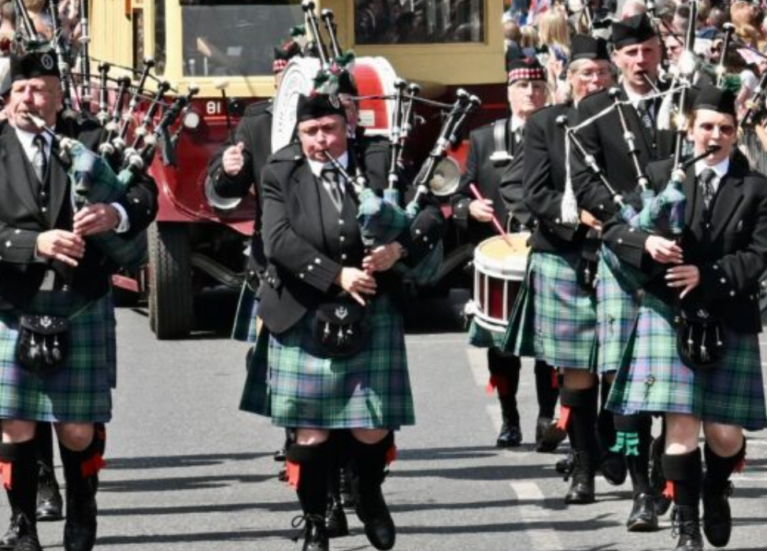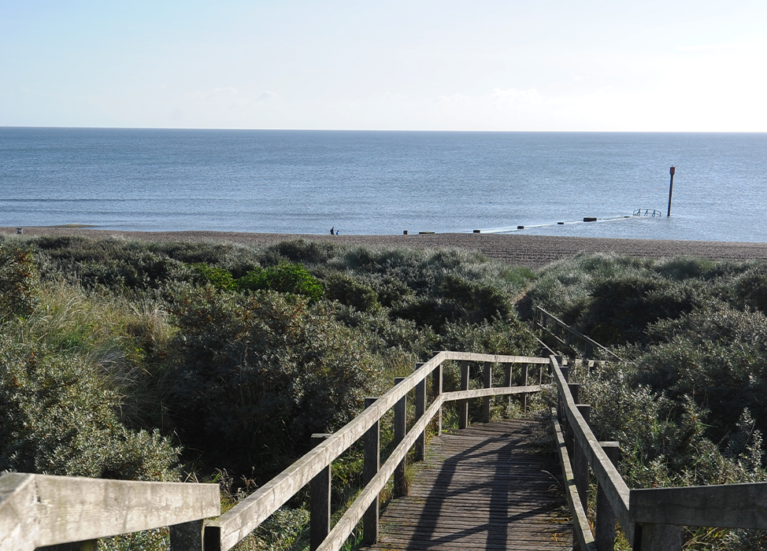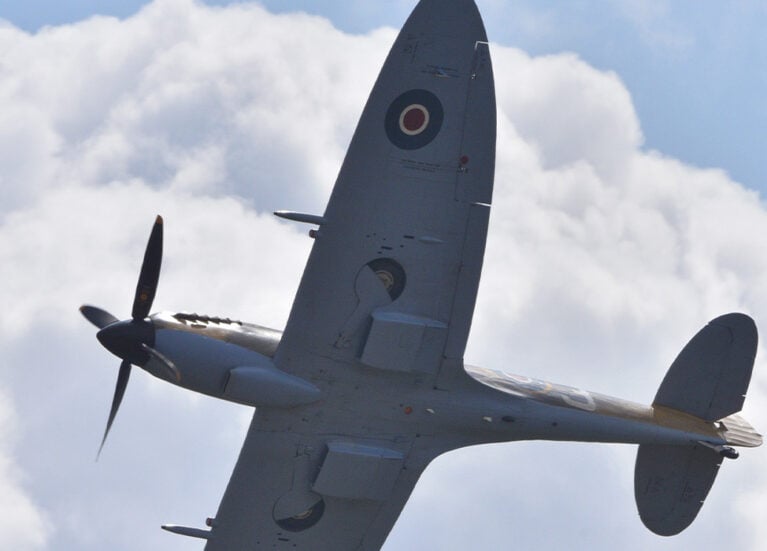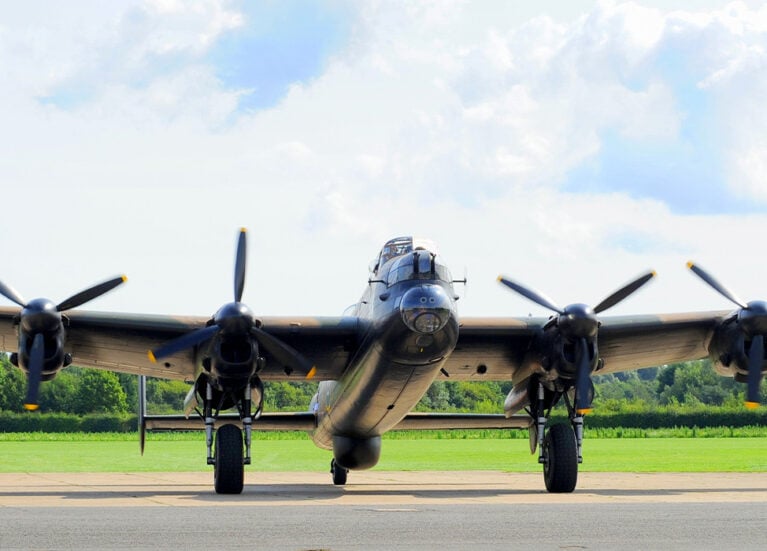On the 17th of May 1943, 617 Squadron were returning home to RAF Scampton airfield after a successful mission in the Ruhr Valley, the heart of industrial Germany. Find out what happened on that fateful night and why the Dambusters Raid has become so famous.
The Möhne dam in Germany’s Ruhr valley had been a destination of choice for attack by the British forces since as far back as 1943; its reservoir generated electricity and provided the water supply for the majority of the surrounding area, which was the industrial hub of the country.
The dams were fiercely guarded — torpedo nets below the surface defended against underwater attacks and anti-aircraft guns protected their borders from the enemy.
Despite this, it was thought that the destruction of the dams in the region would cause massive disruption to German war production and was, therefore, a necessity. However, it wasn’t until 1942 that a weapon capable of destroying the dams was developed – and the aircraft to deliver it.
In 1942, British engineer Barnes Wallis had a major breakthrough. After developing an idea following an experiment with bouncing marbles across a tub of water in his back garden, Wallis produced a drum-shaped bomb that could skip across the water.
Following on from subsequent analyses that took place across the country, a technique evolved which allowed the bomb to whirl backwards across the water’s surface before approaching the dam. Its continuing spin would then force the bomb downwards to the dam’s depths to explode at its core. This plan became known as Operation Chastise.
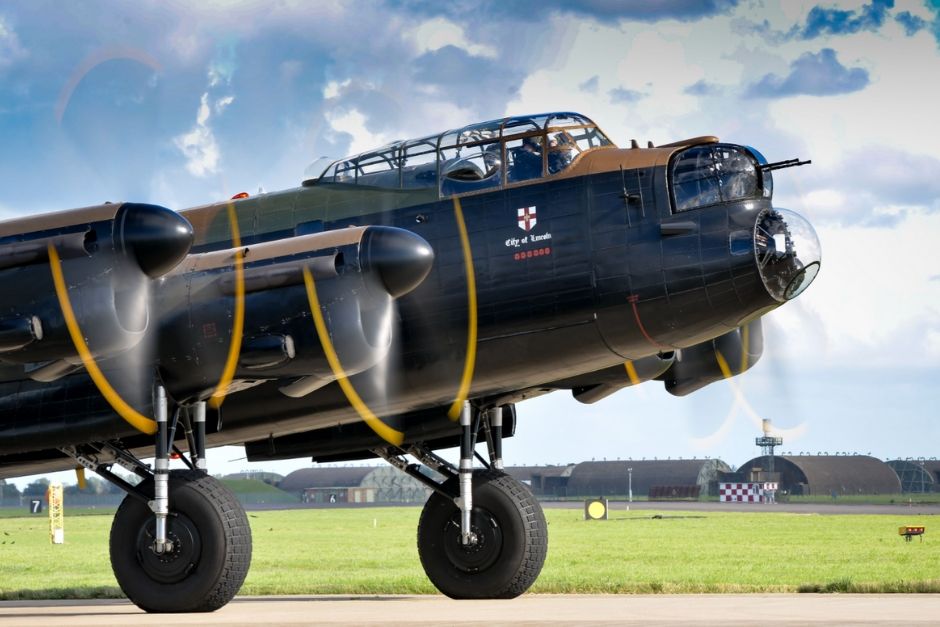
BBMF Lancaster Bomber
Operation Chastise began on the evening of Sunday 16 May 1943, when the first of 19 Lancaster bombers led by 24-year old Wing Commander Guy Gibson headed to the skies from the grass aerodrome of RAF Scampton, near Lincoln. The three main targets were the Möhne, Eder and Sorpe dams.
Gibson was flying in the first wave of aircraft to attack the Möhne at shortly after midnight, however, it took five aircrafts’ worth of bombs to eventually destroy the dam. The second division of aircraft then tackled the Eder, which was ultimately destroyed in the early hours of the morning. Meanwhile, the remaining aircraft focused their efforts on the Sorpe however it remained intact.
Following the raid, Wing Commander Guy Gibson and his crew were debriefed at RAF Scampton. Of the 133 aircrew that were involved in the raid, 53 men were killed and three became prisoners of war. On the ground, almost 1,300 people were killed in the resulting flooding. Although the impact on industrial production was limited, the morale boost the raid gave to the Allied Forces and the British people proved invaluable.
View this post on InstagramA post shared by Visit Lincoln (@visitlincoln) on
What's the Legacy of the Dambusters Raid?
The surviving aircrew of the Dambusters (617 Squadron) were praised as heroes and Guy Gibson was awarded the Victoria Cross for his efforts during the raid. The raid provoked 617 Squadron to become established as a specialist precision bombing unit, today based at RAF Marham in Norfolk.
The Dam Busters (1955), which detailed the events of the raid, is considered by many as one of Britain’s greatest war films. Much of the film was shot at RAF Hemswell.
The film is praised for the reflective last minutes that display the poignancy felt by the characters – triumph over striking a victorious blow against the enemy’s industrial base contrasted by the sobering thought of those who lost their lives in the process.
The famous theme tune to the Dambusters movie is sung proudly by fans of Lincoln City FC at matches to spur on the team. Also, you will be able to hear air raid sirens at home matches, a call back to Lincolnshire’s aviation links.
Discover the Dambusters' History Today
Lincolnshire is rich in aviation heritage with plenty of visitor attractions you can visit to commemorate its historic involvement in warfare.
These include;
- Battle of Britain Memorial Flight Visitor Centre (BBMF) – Located at RAF Coningsby, which became the home of 617 Squadron (known as the Dambusters) during the second half of the war.
- RAF Scampton Heritage Centre – The location where 617 Squadron was based.
- International Bomber Command Centre (IBCC) – Where the men who gave their lives are featured on the walls and the stories of the raid are told as part of the exhibition.
- Petwood Hotel – Where the Dambusters were based in 1944 when it became the Officers Mess.
